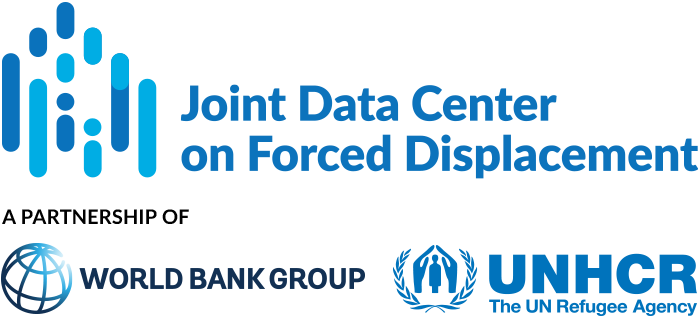According to the authors, in 2014 there were around 1.5 million Syrian refugees in Lebanon—including 500,000 children of primary school age—out of a total population of 5.9 million. Several policies have been implemented to encourage school attendance including:...
JDC Literature Review
Inter-sectoral Cooperation for Afghan Refugee Education in Iran
There are up to two million undocumented Afghans living in Iran. While documented refugee children have always been able to access public education in Iran, undocumented Afghan children were only granted access to primary education in 2015 through the ‘blue card’...
Strengthening Education Systems for Long-Term Education Responses
Street Child’s implementation of Education in Emergency (EiE) programs in Lusenda refugee camp in eastern DRC and in communities hosting IDPs in northeastern Nigeria demonstrate how the building blocks for long-term improvements in education can be laid in the...
Promising Practices in Refugee Education
This report synthesizes key findings and lessons learned from a 2017 joint initiative by Save the Children, UNHCR and Pearson to identify, document and promote innovative ways to effectively reach refugee children and young people with quality educational...
Restoring Hope, Rebuilding Futures: A Plan of Action for Delivering Universal Education for South Sudanese Refugees in Uganda
The majority of South Sudanese refugee children in Uganda are either out-of-school or attending overcrowded schools lacking teachers and books required for effective learning. The report warns that an entire generation of refugee children could be deprived of the...
Learning in the Face of Adversity: The UNRWA Education Program for Palestine Refugees
The United Nations Relief and Works Agency (UNRWA) operates nearly 700 schools educating more than 500,000 students each year in West Bank, Gaza, Jordan, Lebanon and Syria. In 2007 UNRWA students outperformed their peers at public schools by the equivalent of one...


